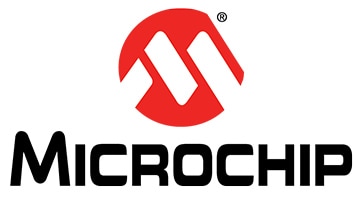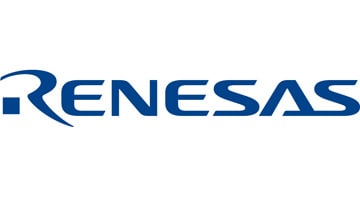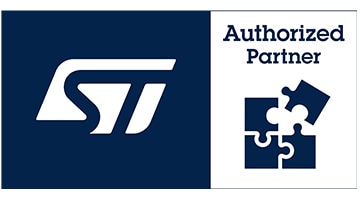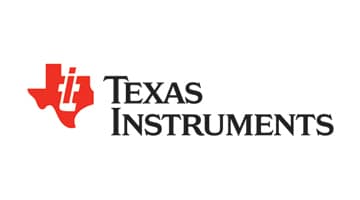Details
| Topologie | USB |
| Eingangsspannung | 5 V |
| IC-Revision | A02 |
Beschreibung
The EFR32xG27 Dev Kit (xG27-DK2602A) is a compact, feature-packed development platform. It provides the fastest path to develop and prototype wireless IoT products. The development platform supports up to +8 dBm output power and includes support for the 16-bit ADC as well as other key features.
Eigenschaften
Based on EFR32BG27C140F768IM40 2.4 GHz Wireless SoC,+8 dBm, 768 kB Flash, 64 kB RAM, 5x5 QFN40Integrated on-chip antennaSecure Vault™ MidOn-board sensors: temperature sensor, humidity sensor, 6-axis inertial sensor, 2 x digital microphones, ambient light sensor, hall effect sensorUser LED / pushbuttonsQwiic Connector: For compatibility with Sparkfun's expansion hardware (sensors, camera, LCD, etc.)USB Port: Board Power, Serial CommunicationOn-board Debugger: SWD, VCOM, and Packet Trace Interface (PTI)Probe points for power measurementsCR2032 coin cell battery support
Typische Anwendungen
- Portable Medical
- Home End Devices
- Fleet/Asset Monitoring
- Sports, Fitness, and Wellness devices
- Power Tools
- Bluetooth Mesh
- Access Control
- Industrial Automation
Weiterführende Informationen
Artikeldaten
| Artikel Nr. | Datenblatt | Simulation | Downloads | Status | Produktserie | IR (mA) | RDC (Ω) | Z @ 100 MHz (Ω) | Zmax (Ω) | Testbedingung Zmax | IR 2 (mA) | Testbedingung IR 2 | Z @ 1 GHz (Ω) | Typ | Muster | |
|---|---|---|---|---|---|---|---|---|---|---|---|---|---|---|---|---|
 | 742692004 | SPEC | 10 Dateien | Aktiv i| Produktion ist aktiv. Erwartete Lebenszeit: >10 Jahre. | WE-TMSB SMT-Ferrit | 200 | – | 240 | 460 | 536 MHz | 300 | ΔT = 40 K | 342 | Breitband | ||
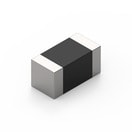 | 782853231 | SPEC | 10 Dateien | Aktiv i| Produktion ist aktiv. Erwartete Lebenszeit: >10 Jahre. | WE-CBA SMT EMI Suppression Ferrite Bead | 3000 | 0.05 | 220 | 330 | 300 MHz | – | – | – | Hochstrom |
| Muster |
|---|
| Artikel Nr. | Datenblatt | Simulation | Downloads | Status | Produktserie | IR (mA) | RDC (Ω) | Z @ 100 MHz (Ω) | Zmax (Ω) | Testbedingung Zmax | IR 2 (mA) | Testbedingung IR 2 | Z @ 1 GHz (Ω) | Typ | Muster |
|---|


